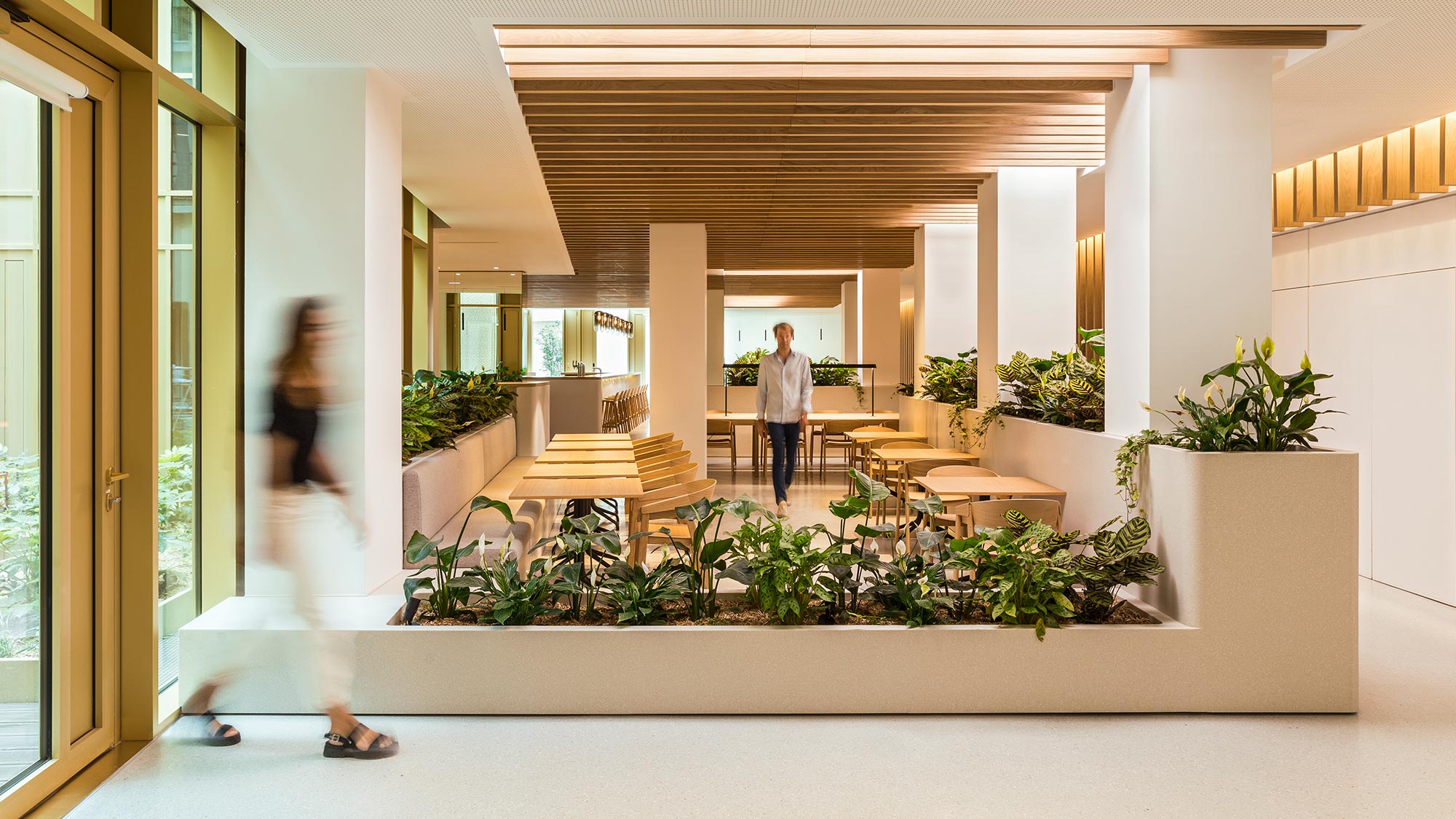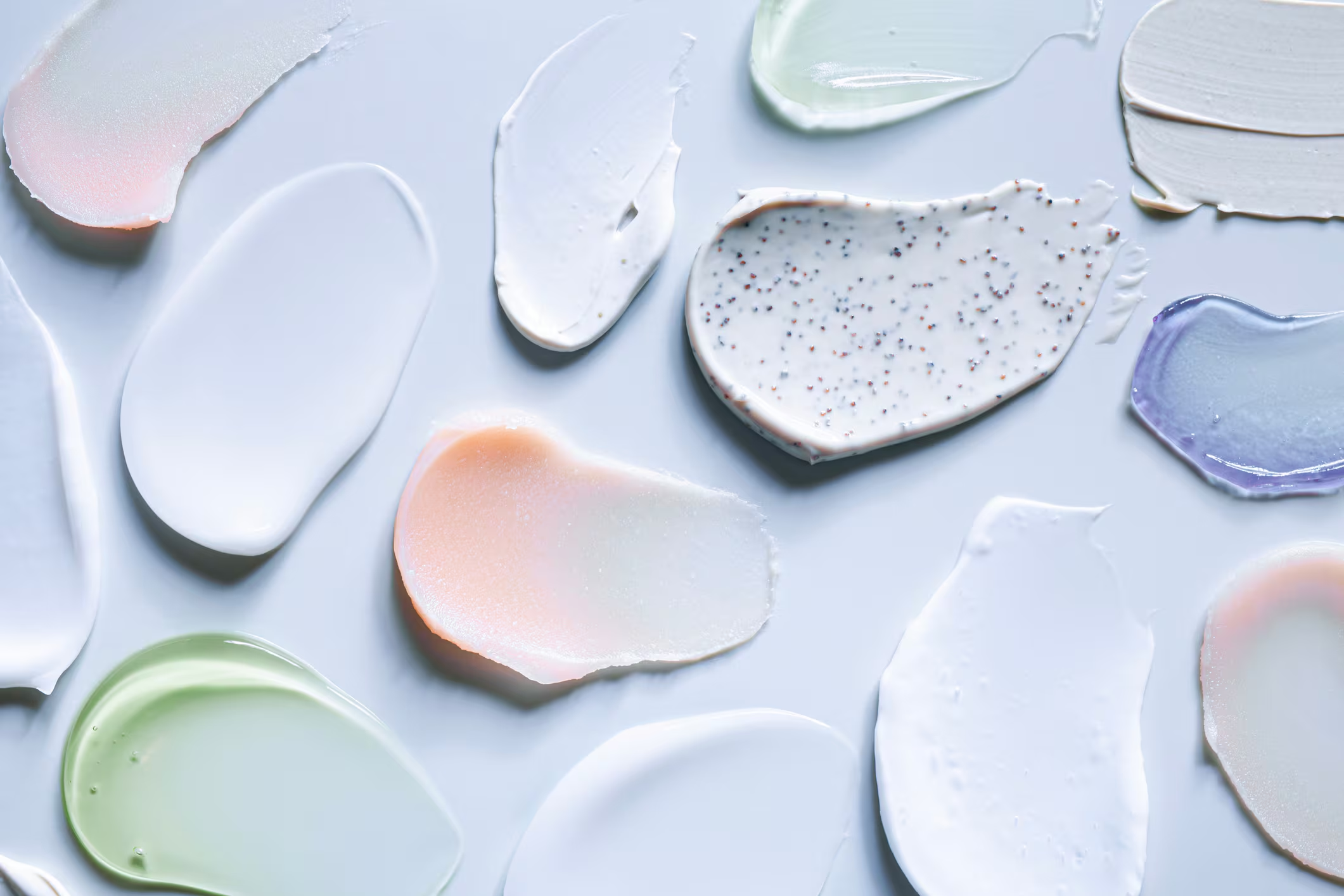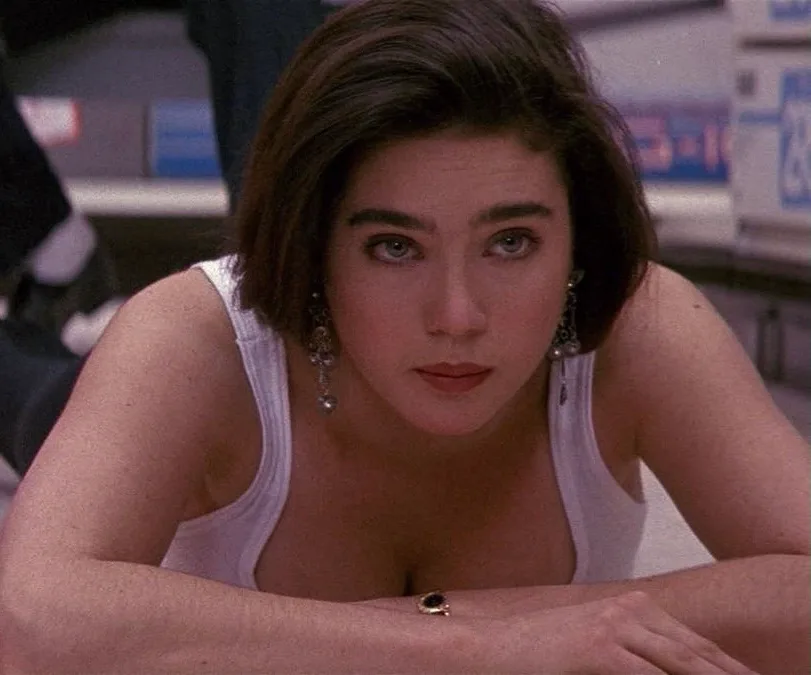In a world increasingly dominated by technology and urban landscapes, biophilic design has emerged as a revolutionary concept in the field of interior and architectural design. Rooted in the idea that humans have an innate connection to nature, biophilic design integrates natural elements—like sunlight, vegetation, natural materials, and organic forms—into built environments. Unlike traditional eco-designs that focus primarily on sustainability, biophilic design aims to enhance human well-being by simulating nature’s calming effects indoors.
Studies published in environmental psychology journals suggest that spaces designed with biophilic elements can reduce stress, boost productivity, and improve cognitive function. Offices with indoor gardens or homes with skylights and water features are not just visually appealing—they’re scientifically backed to foster mental clarity and emotional wellness. Prominent designers and architecture firms, such as Bjarke Ingels Group (BIG) and Neri Oxman, are already incorporating biophilic elements in futuristic buildings across the globe.
As climate consciousness continues to rise, biophilic design may soon become a standard rather than a trend. Design institutions and universities are beginning to offer specialized programs on the subject, and tech companies are adopting it to improve workplace satisfaction. Biophilic design is not just about beauty—it represents a return to balance between the built and natural world, offering a vision of design that heals both people and the planet.







